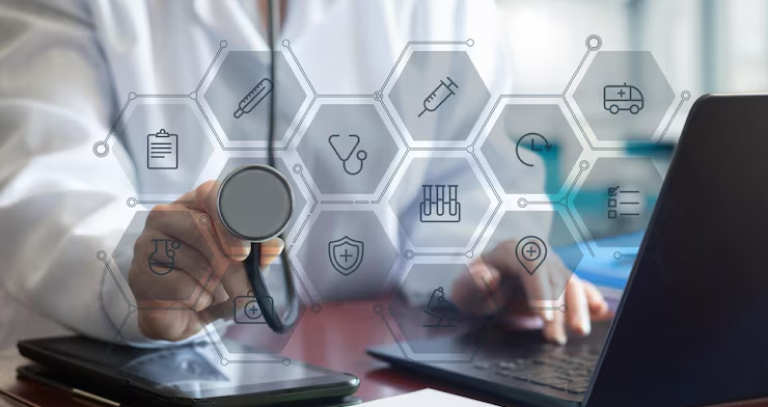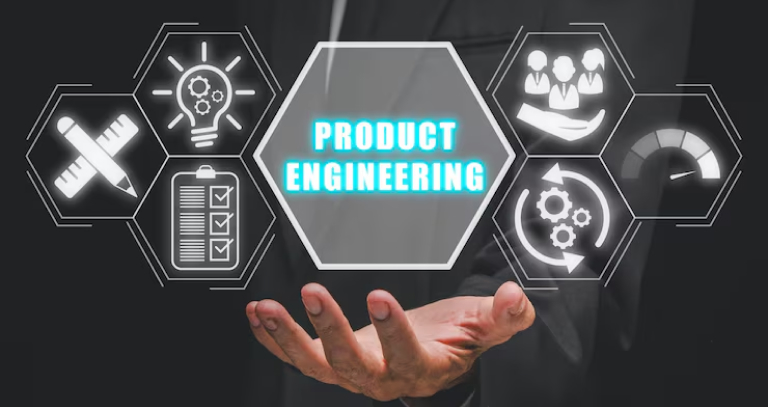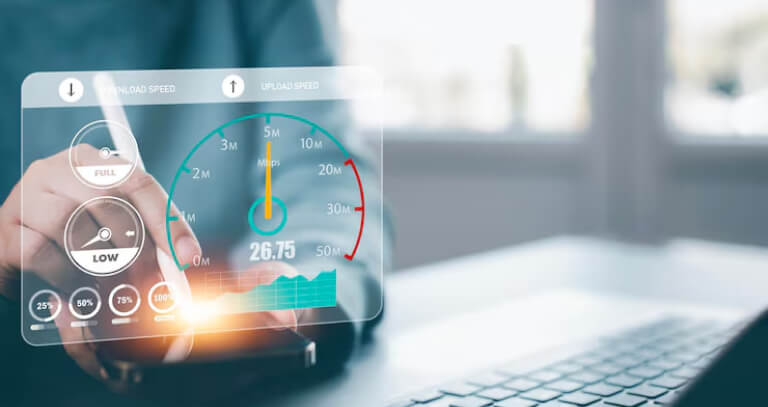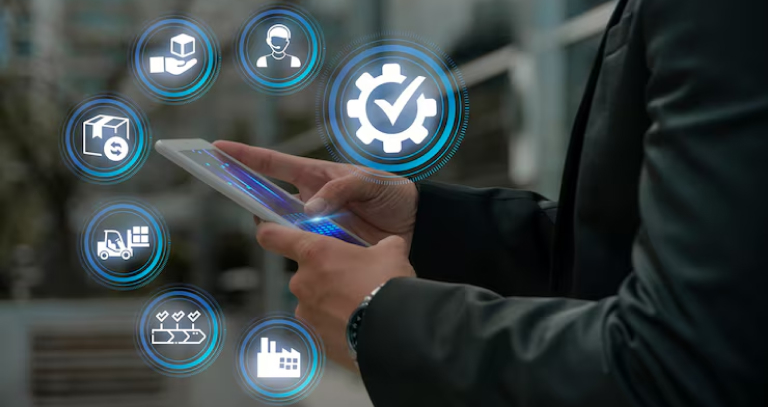Debunking Myths About Remote Patient Monitoring
Ditstek Blogs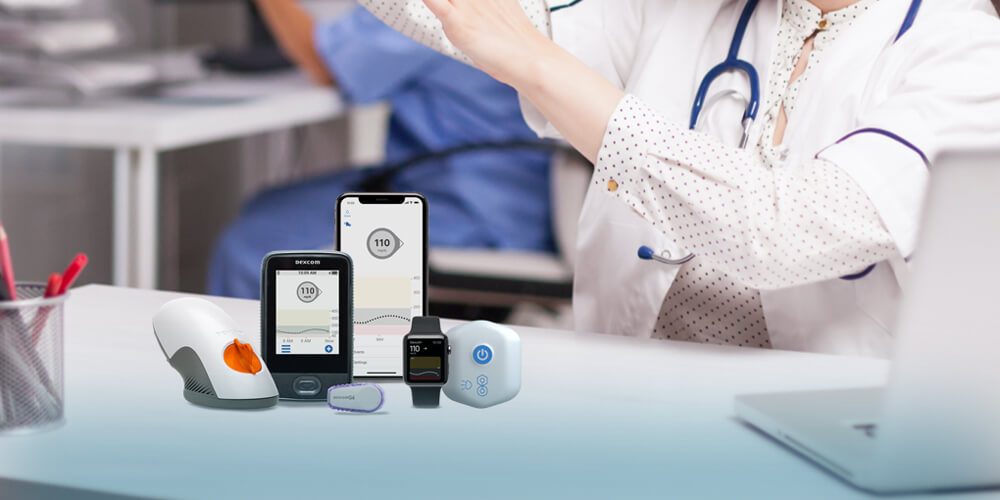
Telehealth and digital health saw unprecedented growth over the past few years. And the pandemic only accelerated the adoption as more healthcare organizations sought after ways to deliver care out of the hospital or doctor’s office. RPM or remote patient monitoring came out as the most popular strategy to monitor patients through telehealth tools. Though RPM gained a lot of attention amid COVID-19, its value is going to increase in the coming years as more healthcare systems adopt the technology for chronic care management (CCM), behavioral healthcare management (BHM), or population health management.
However, with the popularity of RPM comes false information or misconceptions surrounding its use. In this blog, we’ll debunk some of the most prevalent RPM myths or rumors.
Debunking Common Remote Patient Monitoring Myths
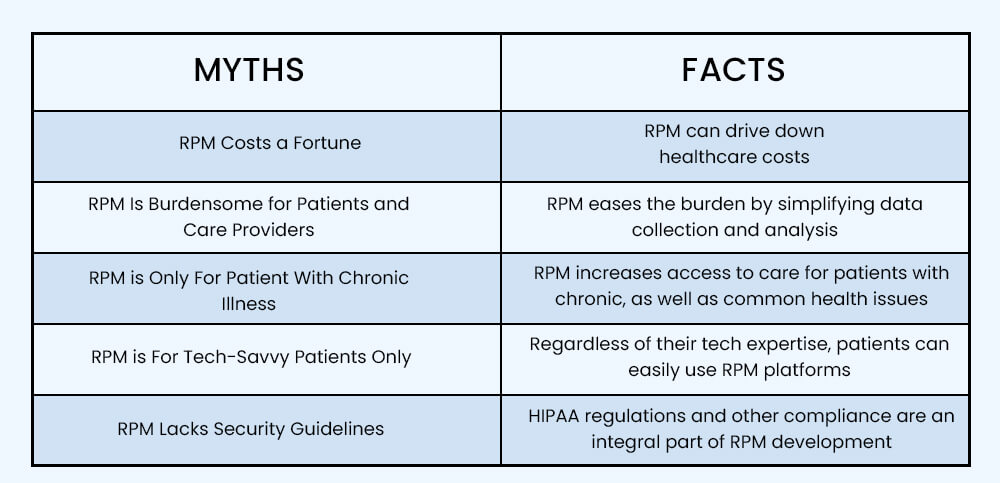
Myth 1- RPM Costs a Fortune
You don't need fancy or expensive stuff to make remote patient monitoring work and help people get better healthcare. Some organizations have started small programs that focus on just one specific health problem. They use only a couple of devices and a little bit of information to test things out. This helps patients and staff get used to using the system.
To start an early-stage remote patient monitoring program, you need to pick a group of people with significant healthcare costs and design a program that helps them by keeping a close eye on their health condition.
Such programs don't have to cost a lot. Creating a platform with one or two devices and a few data points can provide caregivers with access to patient information. They can see patterns and understand patients’ healthcare requirements well. Based on these insights, healthcare pros can adjust a care plan to improve overall results.
Myth 2- RPM Is Burdensome for Patients and Care Providers
Is it simple to get patients started with new devices? Can doctors easily use the information and messages from the technology? An RPM platform solves both of these problems.
When it comes to getting new patients started with using the platform, today's RPM programs often use devices that are ready to use as soon as you open them. Doctors usually check if patients are comfortable with technology and give them any instructions they need before they start using the devices. These devices are also set up in advance to connect to the internet. Thus, the patient only needs to turn on the device.
In order to ensure a smooth user experience, companies spend a lot of money. They create dashboards that show patient information and important messages clearly. These dashboards help doctors know when a patient needs attention. Besides, RPMs integrate well with EHRs, assuring effective care management and obstructing any gaps in care that affect the end results.
Myth 3- RPM is Only For Patient With Chronic Illness
Remote patient monitoring (RPM) is for both – people with chronic illness and those with common health issues like COPD, diabetes, heart problems, and high blood pressure. It's like taking care of yourself at home for a long time to stop adverse health impacts or sudden sickness.
However, RPM has emerged as a great solution for healthcare providers to stay on top of patients’ chronic health conditions. With cutting-edge technology and a high-end approach to monitor patients proactively, RPM can benefit care teams by helping them stay ahead of the patient’s needs.
Myth 4- RPM is For Tech-Savvy Patients Only
One of the most common misconceptions about an RPM platform is, that only tech-savvy patients can use it. However, RPM technology has advanced significantly over the years, simplifying data and analysis for both patients and caregivers. These solutions are designed with user-friendly interfaces and more streamlined processes.
Also, patients receive training and timely support from care coordinators, which helps them use the platform with ease. This supports a seamless adoption and utilization of RPM as a tool to monitor patients' health, regardless of their technical expertise.
Myth 5- RPM Lacks Security Guidelines
Another myth surrounding the use of RPM. But there is a different story. Proper security measures, like HIPAA compliance, secure storage, and privacy protocols are the key considerations while implementing an RPM platform.
A remote patient monitoring app development requires careful planning as well as an understanding of the best practices to optimize the development process and deliver a secure solution. Further, all RPM systems must adhere to strict regulations, like HIPAA compliance in software development.
Besides, data encryption of EHRs is another critical step to maintain the confidentiality of patient information and avoid unauthorized access. Integrating a secure financial data system is another crucial step that enables secure storage of sensitive financial data within an RPM platform.
Also Read: SAAS-based web application for the auto claims market
Looking to Develop an RPM platform?
At Ditstek Innovations, we specialize in developing custom healthcare software solutions, including RPMs, RCMs, Telehealth, and telemedicine platforms. Our services span PMS, Behavioral Healthcare Solutions, Mhealth Solutions, SaaS-based healthcare applications, Healthcare compliance solutions, and more!
Just define your software needs, and we’ll help you build a scalable product that aligns with your goals. Ready to embark on a journey towards next-gen custom healthcare software? Let’s get in touch! Drop a mail at info@ditstek.com

Nidhi Thakur
With more than 19 years of experience - I represent a team of professionals that specializes in the healthcare and business and workflow automation domains. The team consists of experienced full-stack developers supported by senior system analysts who have developed multiple bespoke applications for Healthcare, Business Automation, Retail, IOT, Ed-tech domains for startups and Enterprise Level clients.
Recent Posts
Get in touch
